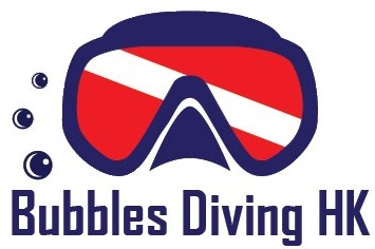Mastering Scuba Diving Buoyancy: The Key to Peak Performance
Bouyancy Control
bubblesdivingHK
6/30/20255 min read
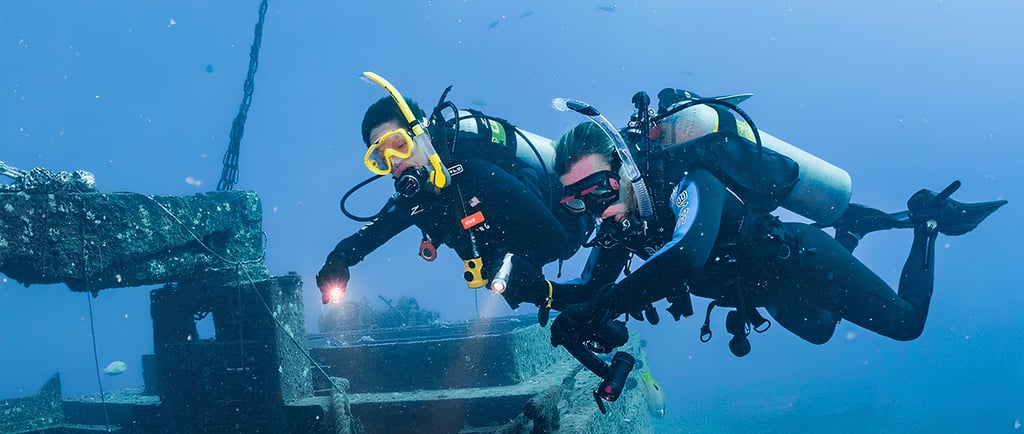

Understanding Buoyancy in Scuba Diving
Buoyancy refers to the upward force that a fluid, such as water, exerts on an object submerged within it. In scuba diving, understanding this fundamental concept is pivotal as it directly influences a diver's control, stability, and overall experience underwater. The ability to manage buoyancy not only affects movement but also impacts visibility and safety during dives.
There are three primary categories of buoyancy: positive, negative, and neutral. Positive buoyancy occurs when an object or diver is less dense than the water surrounding it, leading to an upward movement. For example, if a scuba diver's equipment or body becomes overly buoyant, getting too much air in their buoyancy control device (BCD) may cause them to float uncontrollably to the surface. In contrast, negative buoyancy is characterized by an object being denser than the surrounding fluid, resulting in a downward movement. Divers often experience this when they remove excess air from their BCD, sinking into the depths of the water column, which is particularly useful when exploring underwater landscapes or wrecks.
Neutral buoyancy, the ideal state for scuba divers, is achieved when a diver's weight is perfectly balanced with the surrounding water. In this state, divers can maneuver effortlessly, conserving energy and allowing for enhanced visibility. Achieving and maintaining neutral buoyancy involves adjusting the amount of air in the BCD and mindful positioning of body limbs to counteract any unnecessary weight or lift. Mastering these buoyancy principles is essential for experienced divers; thus, regular practice during various dive conditions can significantly improve one’s diving performance.
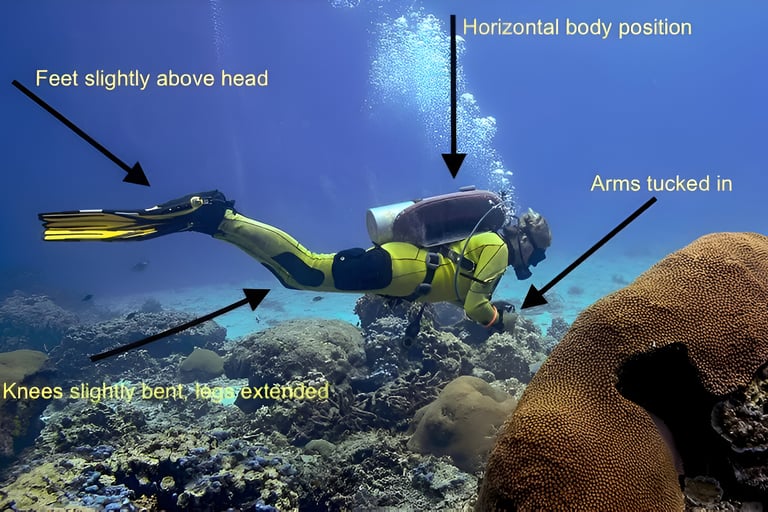

The Importance of Buoyancy Control
Buoyancy control is a fundamental aspect of scuba diving that significantly influences a diver's safety and performance underwater. Mastery of buoyancy enables divers to achieve neutral buoyancy, which is crucial for maintaining stability and reducing unintended movements. Divers who manage their buoyancy effectively can ascend, descend, or hover at a specific depth with minimal effort, thereby enhancing their overall dive experience.
One of the primary benefits of buoyancy control is the reduction in air consumption. When divers are buoyant, they expend less energy fighting against their weight or the water's pressure. Consequently, they consume air more efficiently, allowing for longer dives and safer surface intervals. Furthermore, energy-efficient divers face less fatigue, enhancing their comfort and enjoyment throughout the dive. This efficiency not only contributes to individual performance but also promotes sustainable diving practices, as it encourages more mindful consumption of air resources.
Another critical aspect of buoyancy control is its role in protecting the marine environment. Divers who maintain proper buoyancy are less likely to inadvertently touch or damage delicate coral reefs or aquatic life. Preventing environmental impacts is crucial for the conservation of underwater ecosystems. For instance, an expert diver shared a scenario in which their ability to control buoyancy allowed them to glide smoothly over a sensitive coral bed, appreciating its beauty without causing harm. This instance exemplifies the essential relationship between buoyancy control and environmental stewardship.
Moreover, buoyancy impacts a diver's personal comfort level. Effective buoyancy control minimizes the physical strain associated with ascending or descending, offering a more enjoyable diving experience. For newer divers, the challenge of buoyancy control can lead to feelings of anxiety or discomfort; however, with practice, many find that mastering this skill leads to greater confidence and enjoyment in future dives. Overall, understanding and improving buoyancy control is a pivotal skill for both safety and enhancement of the underwater experience.
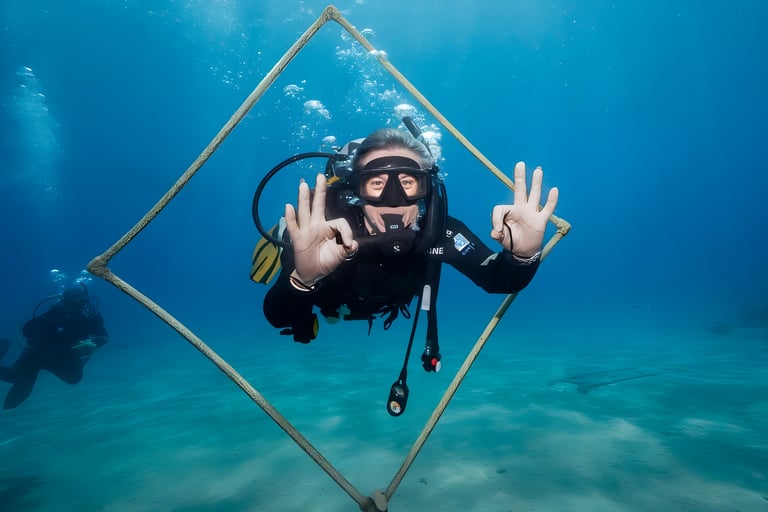

Techniques for Mastering Buoyancy
Achieving optimal buoyancy while scuba diving is a critical skill that divers must master to enhance their underwater experience. Effective buoyancy control allows divers to conserve energy, extend bottom times, and minimize environmental impact. Here are several techniques and exercises to improve buoyancy management.
First, proper weighting is essential. This involves determining the correct amount of weight to use based on factors such as body composition, wetsuit thickness, and tank type. Divers should perform a weight check in the water by floating without any air in their BCD (Buoyancy Control Device) at eye level. Adjusting weight according to these conditions contributes significantly to achieving neutral buoyancy.
The use of the BCD is equally important. Familiarize yourself with its controls and features. Practice inflating and deflating the BCD to maintain buoyancy. A common technique is to add air gradually while ascending and release it slowly while descending. This delicate balance of air control helps maintain desired buoyancy levels throughout the dive.
Another critical aspect of buoyancy control is breath control. The act of inhaling and exhaling affects your buoyancy. Inhale deeply and hold to ascend slightly; exhale to descend. A calm, slow breathing pattern not only aids buoyancy but also promotes relaxation, which further enhances buoyancy management.
To practice these skills, divers can engage in controlled drills in a pool or calm water environment. One effective exercise involves practicing the "hover." This entails maintaining a stationary position at varying depths by manipulating your breathing and BCD. Moreover, divers can experiment with different weighted configurations and observe how each influences buoyancy. Regularly exercising these techniques will solidify your buoyancy control, leading to improved performance during actual dives.
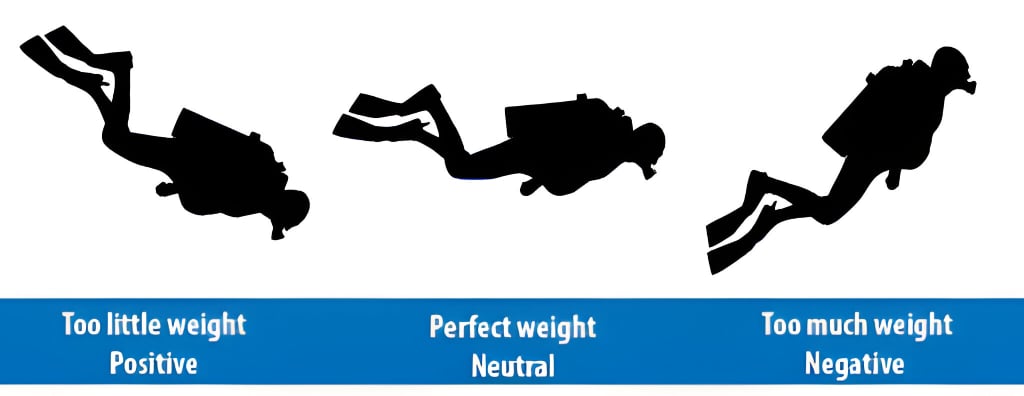

Common Buoyancy Issues and Solutions
Maintaining proper buoyancy control is a crucial skill for scuba divers. However, many divers encounter common buoyancy issues that can hinder their underwater experience. One prevalent challenge is the difficulty in achieving neutral buoyancy, which occurs when a diver neither sinks nor floats. This often leads to an unsteady dive, causing unnecessary energy expenditure. A contributing factor to this issue may be improper weight distribution, inadequate understanding of gear, or a lack of practice.
To address this problem, divers should first assess their weight system. It’s essential to ensure the weight is appropriately distributed across the body, allowing for better balance and buoyancy control. Additionally, divers should familiarize themselves with the buoyancy characteristics of their equipment; for instance, wetsuits can become more buoyant when ascending due to air expansion. Practicing buoyancy control in a controlled environment like a swimming pool can help divers gain confidence and improve their buoyancy skills before venturing into deeper waters.
Another common mistake involves adjusting buoyancy incorrectly underwater. Many divers mistakenly rely solely on their BCD (Buoyancy Control Device) for buoyancy adjustment, neglecting the importance of body position and breathing techniques. For optimal buoyancy control, divers should utilize a combination of effective breathing techniques, body positioning, and BCD adjustments during various phases of the dive. Taking slow, deliberate breaths can significantly influence buoyancy, while adopting a streamlined body position minimizes drag.
Ultimately, feedback from instructors or experienced peers can be invaluable. Divers should not shy away from seeking advice and constructive criticism, as it fosters a better understanding of buoyancy management. Embracing continuous learning and practice can equip divers with the skills necessary to overcome buoyancy challenges, enabling them to maximize enjoyment and safety during their underwater adventures.
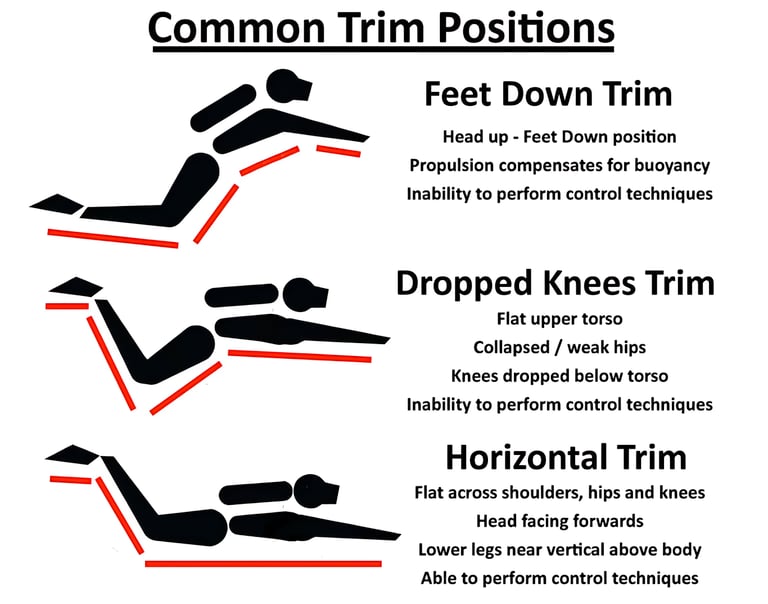

Contacts
Whatsapp: +852 6200 6701 (Primary) Whatsapp: +852 6904 1892
bubblesdiving.hk@hotmail.com
Location: Kowloon, Hong Kong
Bubbles Diving HK©2025
